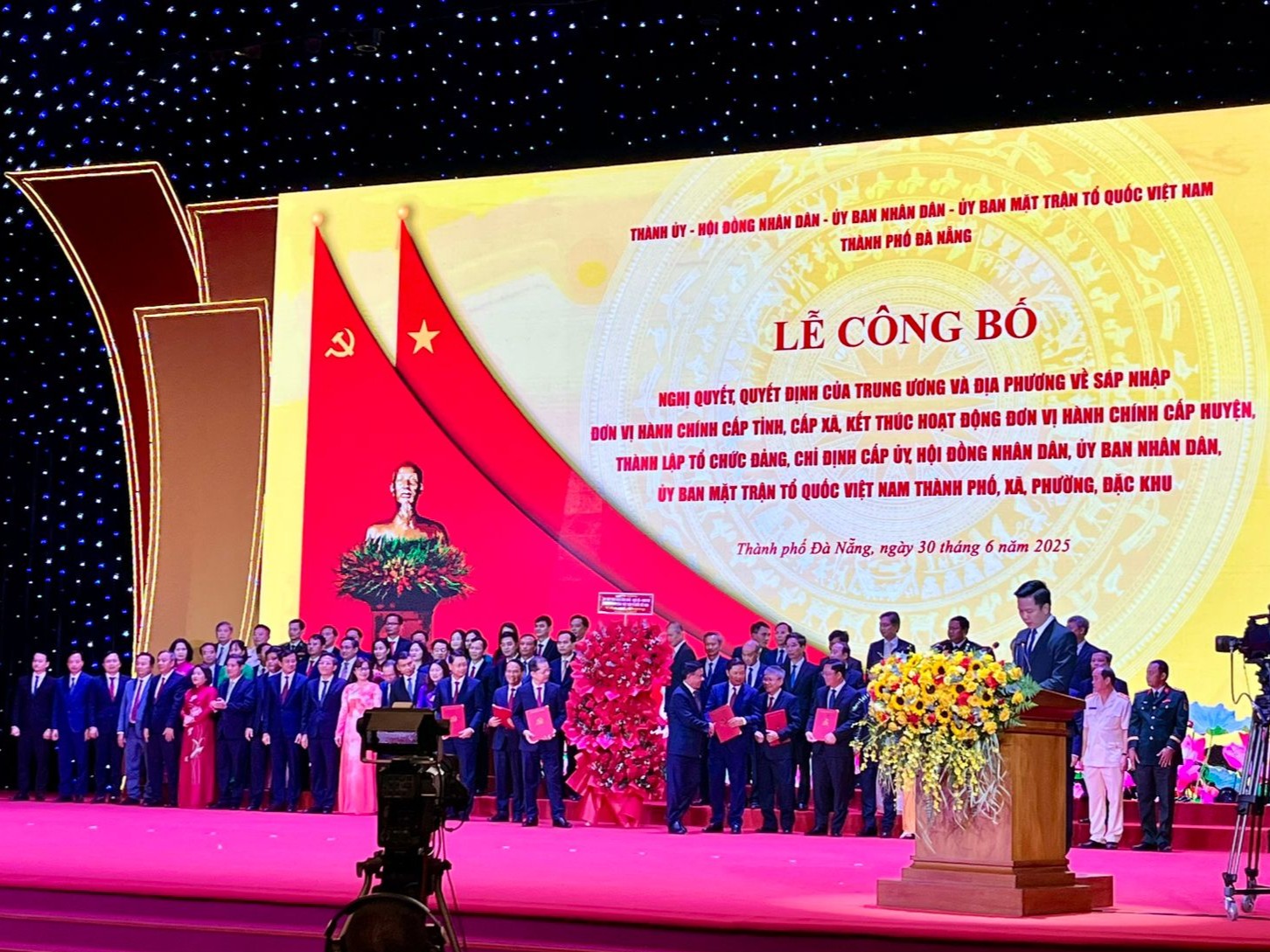Foreign experts have issued a warning to the Vietnamese government about its over-reliance on coal to make power, without clear mechanisms to attract investors into renewable energy projects.
EuroCham vice chairman Tomaso Andreatta said Vietnam should gradually stop the construction of coal-fired power plants as they were dramatically increasing the country’s greenhouse gas emissions (GHGs) and causing environmental pollution.
“Many nations have stopped using coal for operating their power plants because of concerns over the environmental risks. Vietnam should follow suit,” Andreatta told Vietnam’s government at an international conference on clean energy in Asia in early July 2016.
Currently Vietnam has 19 coal-fired power plants, which is expected to rise to about 70 by 2030, with a total capacity of over 76,300 megawatts. By 2030, the plants will likely consume over 162.6 million tonnes of coal (18.5 times higher than in 2010), with a GHG volume of 359.8 million tonnes, 20.4 times higher than in 2010.
According to the United Nations Development Programme (UNDP), Vietnam is now an ideal location for foreign coal-fired power investors.
“The pollution standards that new coal-fired power plants must adhere to in Vietnam are considerably more permissive than standards in other countries,” said Koos Neefjes, formerly of UNDP Vietnam’s Policy Advisory Team. “Furthermore, companies from countries with strict pollution limits are designing, financing and/or constructing coal-fired power plants in Vietnam with technological specifications that are not acceptable in their home countries.”
According to a UNDP report on policies for expanding solar photovoltaic electricity in Vietnam, coal-fired power plants must be designed and built as specified in environmental impact assessment reports that are mandatory for such investment projects. This includes measures to prevent pollution from transport, storage and treatment of waste, notably fly-ash.
“However, the coal-fired power plants do not always adhere to these commitments, or are slow to implement them, the proposed measures may not fully deal with the risk of pollution as a result of coal transport, power production, and transport and treatment of waste from coal-fired power plants,” said the report.
For example, according to the report, the $1,384 billion, 1,200 megawatt Vinh Tan 2 thermal power plant in the south-central province of Binh Thuan is currently producing 4,400 tonnes of waste per day, causing widespread dust pollution in fields, settlements and homes, since the first of two units of Vinh Tan 2 were switched on in January 2014.
“Air pollution from coal-fired power plants at a national scale is also increasing dramatically. If all plants that were proposed according to the Power Development Plan VII were to be built by 2030, premature deaths as a result of emissions from coal-fired power plants in Vietnam would increase from an estimated 4,263 in 2011 to a staggering 25,402 in 2030,” said the report.
Andreatta noted that while Vietnam wanted to develop renewable energy sources, it was making it difficult for private investors to develop this type of energy.
“Foreign investors are facing legal uncertainty in Vietnam as there is no consolidated renewable energy law that regulates the development of the sector,” he said. “Vietnam doesn’t have adequate incentives to encourage investment in this high-investment area. Vietnam also lacks a competitive electricity wholesale market.”
According to EuroCham, Vietnam still has no long-term, consolidated plan for the development of renewable energy. This suggests that finance, developers, sites and business licences for these projects are not yet secured.
By Nguyen Dat (Vietnamnet.vn)





